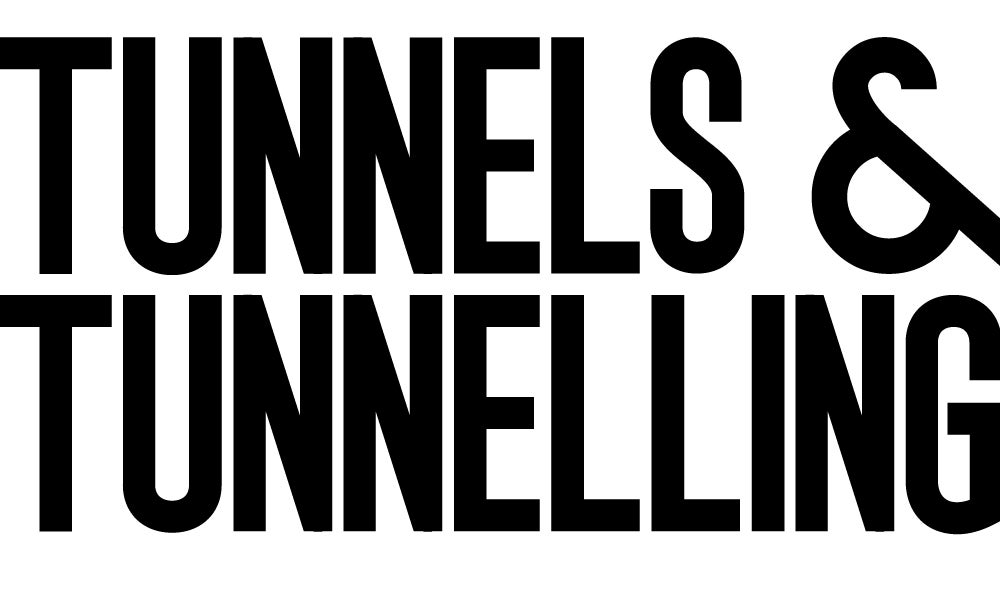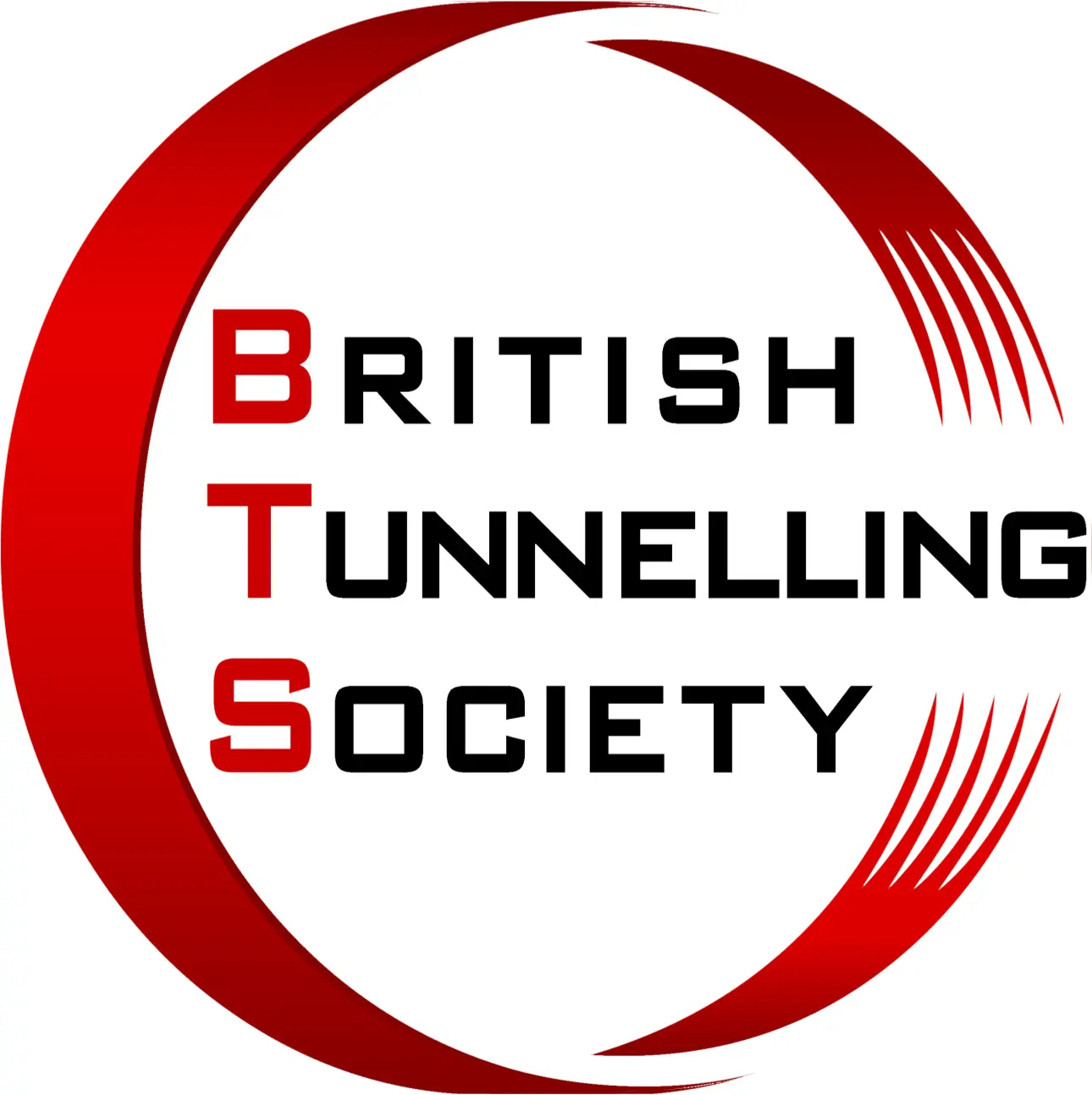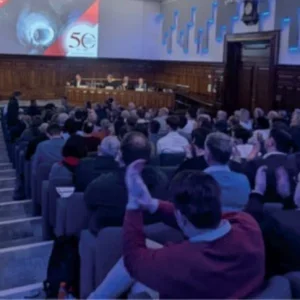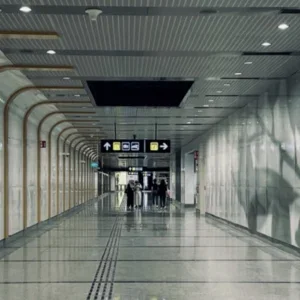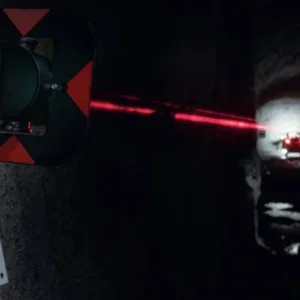In recent years the UK tunnelling industry has made a concerted effort to establish robust risk mitigation measures to further improve safety of tunnel workers at the face. Exposure to un-supported (or inadequately supported) ground is an area of undoubted risk, which needs to be addressed in relation to sprayed concrete lining methods (SCL). Although the UK Health and Safety Executive (HSE) regards tunnelling with sprayed concrete lining as an effective and viable method of construction, the residual risk of exposure to falling (or sliding) ground is a major concern.
A recent major UK project utilising a sprayed concrete lining was the North Downs Tunnel, part of the first phase of the Channel Tunnel Rail Link, constructed by the Eurolink JV (Morgan, Dumez GTM and Beton-und Monierbau). Following a serious incident involving a fall of material from the tunnel roof, Morgan made an undertaking to the HSE, that developments would be made for future projects whereby tunnel worker protection from falls of unstable material would be substantially improved. This required, therefore, that sufficient support, as determined by analysis, needed to be in place prior to man access at the face.
Requirements
Traditionally, sprayed concrete lined tunnels in soils, unstable ground or shallow tunnels require the use of lattice girders or steel sets to provide profile control of the lining. Girders also provide a mechanism for securing mesh during application of the primary lining. It is the installation of the girders and mesh, together with profile checks, which place the tunnel workers in the exposed vault to a risk from the fall of unstable material.
To eliminate this risk, Morgan Est Tunnelling Division and Beton-und Monierbau have been working on a new method of controlling the lining shape, thickness and position remotely. The brief was to develop a user friendly system of tunnelling (methods and equipment) which enabled the real time control of both the excavation and sprayed concrete lining profiles, without the use of lattice girders or mesh. The tunnelling system was also required to provide comprehensive ‘as-built’ documentation of work, for quality and certification reasons.
TunnelBeamer
With the removal of the lattice girders, the excavation and spraying operations have no physical profile control mechanism. Therefore the ‘TunnelBeamer™’ system was developed to enable the profile to be remotely controlled. The system consists of either a single laser or a number of lasers (depending upon model) grouped together to act as a distometer. These are directed at the excavation or shotcrete lining faces as required (Figure 1). The information from these lasers is passed continuously to a tunnel computer (situated in the tunnel), which contains the 3D tunnel geometry information and which produces a comparison to the theoretical position.
This comparison information is constantly displayed on a monitor in the operator’s cab. The instrument does not need the level and stable platform necessary for standard survey instruments and has been designed to withstand heat, dust and vibration levels commensurate with being fitted directly to excavation or spraying equipment. A servo theodolite is used to locate the TunnelBeamer in three dimensions to allow the tunnel computer to relate the information to the theoretical tunnel alignment/profile. The system utilises existing tried and tested hardware and software components.
LaserShell
The TunnelBeamer system has been developed around a construction method developed by Morgan and Beton-und Monierbau named ‘LaserShell™’. The method employs an inclined face excavation for increased stability and improved safety, and provides robust face and vault support measures, while allowing access to clean and prepare the invert prior to the construction of the structural lining (Figures 2-8).
As previously stated, the main purpose of this development programme was to eliminate risk to workers in an exposed ground situation. However, there are many other benefits to be derived from such systems. Speed of advance and improved ring closure times, in conjunction with an inclined face significantly reduce surface settlement. Removal of lattice girders and the replacement of mesh with High Carbon Steel Fibre substantially improves the quality and durability of sprayed concrete linings by eliminating shadowing. Systematic capture of profile data relating to both the excavation and the sprayed concrete lining gives absolute confidence with respect to lining shape, thickness and position.
Compared to traditional SCL construction methods, an assessment on cost and time has shown that savings of up to 50% can be achieved in certain applications. This can be demonstrated by the fact that the often three-stage excavation process (crown, bench, invert) can be replaced with a one-stage excavation process. For larger tunnels or tunnels in unstable conditions where some sub-division of the face is considered to be prudent, the savings relate to the elimination of the lattice girders and mesh.
Pre-commencement development trials
To meet the requirements of LaserShell, Morgan Est Tunnelling Division (in co-operation with Beton-und Monierbau and Prof Dr Wolfgang Kusterle of Innsbruck University, Austria) has recently completed extensive pre-commencement development trials for an ultra high quality, permanent sprayed concrete mix. The purpose of the trials was to develop a sprayed concrete mix and application method that would meet all the requirements of a single pass, permanent sprayed concrete lining system.
The key objectives of the trials was to prove the structural integrity from application (15 minutes strength) up to 120 years, while also providing a mix with sufficient workability retention to enable efficient application in real tunnel environments. Detailed and onerous performance criteria with respect to strength gain, flexural toughness, permeability, bond characteristics between layers and durability, were set out prior to the commencement of trials and benchmarked against comparable high quality cast-in-place structural concrete.
Early age strength development relative to workability retention times was a key factor and despite claims of all the admixture suppliers, these trials failed to support the view that the sprayed concrete could be heavily retarded without significant loss of early age strength.
Following extensive laboratory testing, a total of 24 field mixes were tested. These field tests culminated in the selection of the 24th concrete mix for further trials, referred to hereafter as ‘MF24’. A combination of hand and robot spraying techniques were used to replicate real construction conditions. Overhead spraying was undertaken on a purpose-built frame incorporating a 5m radius to simulate construction of a large diameter tunnel.
In addition to the measurement of performance against the criteria, set prior to the trial, an extensive investigation into the effects of high early age loading on immature sprayed concrete samples was performed. Samples were subjected to loading from 15 minutes to simulate Utilisation Factors of between 30% and nearly 100% (Utilisation Factor is the ratio of induced compressive stress to strength and is time-dependent). Even where samples had been subjected to stress states nearly equivalent to failure for up to 40 hours, no loss of integrity was measured.
In order to prove the flexural toughness of the MF24 mix, a series of tests were performed by the British Building Research Establishment. Early testing with Dramix standard sprayed concrete fibres identified potentially brittle failure in certain circumstances due to the high strength and bond of the MF24 mix. Following consultation with Bekaert’s engineers, a decision was taken to use High Carbon steel fibres. Tests on beams reinforced with High Carbon steel fibre (even when sprayed in separate layers) have shown excellent post crack toughness.
Durability testing
In order to understand the differences (if any) between sprayed concrete and traditional cast in-situ concrete, three types of sample were prepared by Morgan at their Research and Development (R&D) facility. These samples were then carefully transported to Innsbruck University for curing and testing. Samples of sprayed concrete with the designed accelerator dosage levels, as well as samples deliberately overdosed with accelerator and control samples of cast in-situ concrete, were tested.
The control samples were taken from a mass concrete block cast and vibrated in a shutter. The sprayed concrete samples were recovered from panels sprayed overhead, cured in air up to 28 days. After 28 days, the samples were divided into three curing environments; under water at 20°C; in air at 65% relative humidity at 20°C; and in in cycles, one week in water at 40°C and three weeks in air at 40°C.
Testing was performed at one month, six months and one year to determine compressive strength, modulus of elasticity and porosity. In addition, at one year, thin samples were taken and examined under a scanning electron microscope (SEM) to look for signs of deleterious behaviour.
On completion of the trials, no adverse strength or stiffness values or trends have been recorded on any sample and the SEM/Petrographic analyses have shown no deleterious processes in any samples. In summary, it has been demonstrated that the sprayed concrete mix, even when overdosed with accelerator, is stable and can be categorised as highly durable.
Sprayed concrete training
The use of sprayed concrete is highly dependent upon the avoidance of human failure. Therefore training of all staff and operatives involved in the construction, inspection and testing of sprayed concrete tunnel linings is seen as critical. Accordingly, Morgan Est Tunnelling Division has developed a sprayed concrete accreditation course, held at its R&D facility.
Experienced nozzlemen and pump operatives are given a minimum one-week course involving a combination of theoretical and practical work. Only if all of the operative’s sprayed concrete test pieces pass the performance criteria (hand spraying and robot spraying), and only if the operative passes a written examination, will a certificate be awarded. No man is permitted to spray concrete unless they are in possession of a current certificate of competence.
Conclusions
The developed sprayed concrete mix delivers high performance of medium to long term strength. High integrity joints and layers can be formed, which show high levels of structural integrity and low permeability. Tensile splitting and beam tests on samples with and without joints showed very little difference. The mix is classified as highly durable and meets all of the performance criteria set out, i.e. ‘comparable to cast in place’ concrete.
The LaserShell method, utilising the TunnelBeamer, delivers unparalleled levels of safety and efficiency. When used in conjunction with a high quality sprayed concrete (such as the MF24 mix), the method is suitable for construction of permanent single pass tunnel linings. Where National Design rules prohibit the use of single pass linings, the method can still offer substantial benefits for temporary primary linings, particularly in soils, unstable ground or tunnels with nominal cover.
This was confirmed in practice, when the method underwent a stringent examination during the construction of a ‘proof of concept’ tunnel. To the delight of all involved, the results verified trial results, the LaserShell philosophy and the safe and efficient operation of the TunnelBeamer. The method is now being used on major road and rail tunnels in the UK and will be used for the redevelopment of King’s Cross St Pancras Station in London (T&TI, April p50).
Related Files
Figure 1
Figure 3
Figure 8
Figure 2
Figure 6
Figure 4
Figure 5
Figure 7
